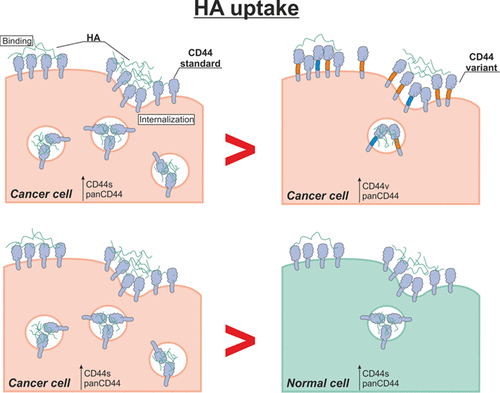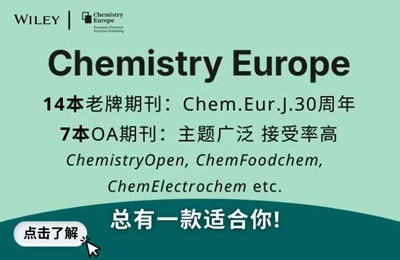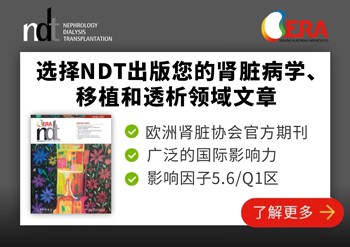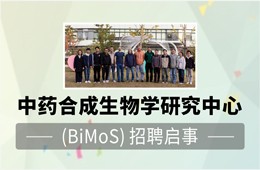当前位置:
X-MOL 学术
›
Mol. Pharmaceutics
›
论文详情
Our official English website, www.x-mol.net, welcomes your
feedback! (Note: you will need to create a separate account there.)
Evaluating the Efficiency of Hyaluronic Acid for Tumor Targeting via CD44.
Molecular Pharmaceutics ( IF 4.5 ) Pub Date : 2019-05-01 , DOI: 10.1021/acs.molpharmaceut.9b00083 Alice Spadea , Julio Manuel Rios de la Rosa , Annalisa Tirella , Marianne B. Ashford , Kaye J. Williams , Ian J. Stratford , Nicola Tirelli , Manal Mehibel
Molecular Pharmaceutics ( IF 4.5 ) Pub Date : 2019-05-01 , DOI: 10.1021/acs.molpharmaceut.9b00083 Alice Spadea , Julio Manuel Rios de la Rosa , Annalisa Tirella , Marianne B. Ashford , Kaye J. Williams , Ian J. Stratford , Nicola Tirelli , Manal Mehibel

|
The development of delivery systems capable of tumor targeting represents a promising strategy to overcome issues related to nonspecific effects of conventional anticancer therapies. Currently, one of the most investigated agents for cancer targeting is hyaluronic acid (HA), since its receptor, CD44, is overexpressed in many cancers. However, most of the studies on CD44/HA interaction have been so far performed in cell-free or genetically modified systems, thus leaving some uncertainty regarding which cell-related factors influence HA binding and internalization (collectively called "uptake") into CD44-expressing cells. To address this, the expression of CD44 (both standard and variants, designated CD44s and CD44v, respectively) was evaluated in human dermal fibroblasts (HDFs) and a large panel of cancer cell lines, including breast, prostate, head and neck, pancreatic, ovarian, colorectal, thyroid, and endometrial cancers. Results showed that CD44 isoform profiles and expression levels vary across the cancer cell lines and HDF and are not consistent within the cell origin. Using composite information of CD44 expression, HA binding, and internalization, we found that the expression of CD44v can negatively influence the uptake of HA, and, instead, when cells primarily expressed CD44s, a positive correlation was observed between expression and uptake. In other words, CD44shigh cells bound and internalized more HA compared to CD44slow cells. Moreover, CD44shigh HDFs were less efficient in uptaking HA compared to CD44shigh cancer cells. The experiments described here are the first step toward understanding the interplay between CD44 expression, its functionality, and the underlying mechanism(s) for HA uptake. The results show that factors other than the amount of CD44 receptor can play a role in the interaction with HA, and this represents an important advance with respect to the design of HA-based carriers and the selection of tumors to treat according to their CD44 expression profile.
中文翻译:

评估透明质酸通过 CD44 靶向肿瘤的效率。
开发能够靶向肿瘤的递送系统代表了克服与常规抗癌疗法的非特异性作用相关的问题的有前途的策略。目前,研究最多的癌症靶向药物之一是透明质酸 (HA),因为它的受体 CD44 在许多癌症中过表达。然而,迄今为止,大多数关于 CD44/HA 相互作用的研究都是在无细胞或转基因系统中进行的,因此对于哪些细胞相关因素会影响 HA 结合和内化(统称为“摄取”)到表达 CD44 的细胞中仍然存在一些不确定性。为了解决这个问题,在人真皮成纤维细胞 (HDF) 和一大组癌细胞系(包括乳腺癌、前列腺癌、头颈部癌、胰腺癌、卵巢癌、结直肠癌、甲状腺癌和子宫内膜癌)中评估了 CD44(标准和变体,分别命名为 CD44 和 CD44v)的表达。结果显示,CD44 亚型谱和表达水平因癌细胞系和 HDF 而异,并且在细胞来源内不一致。使用 CD44 表达、HA 结合和内化的复合信息,我们发现 CD44v 的表达会对 HA 的摄取产生负面影响,相反,当细胞主要表达 CD44 时,观察到表达和摄取之间呈正相关。换句话说,与 CD44slow 细胞相比,CD44shigh 细胞结合并内化了更多的 HA。此外,与 CD44shigh 癌细胞相比,CD44shigh HDFs 吸收 HA 的效率较低。此处描述的实验是了解 CD44 表达、其功能和 HA 摄取的潜在机制之间相互作用的第一步。 结果表明,CD44 受体数量以外的因素可以在与 HA 的相互作用中发挥作用,这代表了基于 HA 的载体设计和根据其 CD44 表达谱选择要治疗的肿瘤方面的重要进展。
更新日期:2019-04-23
中文翻译:

评估透明质酸通过 CD44 靶向肿瘤的效率。
开发能够靶向肿瘤的递送系统代表了克服与常规抗癌疗法的非特异性作用相关的问题的有前途的策略。目前,研究最多的癌症靶向药物之一是透明质酸 (HA),因为它的受体 CD44 在许多癌症中过表达。然而,迄今为止,大多数关于 CD44/HA 相互作用的研究都是在无细胞或转基因系统中进行的,因此对于哪些细胞相关因素会影响 HA 结合和内化(统称为“摄取”)到表达 CD44 的细胞中仍然存在一些不确定性。为了解决这个问题,在人真皮成纤维细胞 (HDF) 和一大组癌细胞系(包括乳腺癌、前列腺癌、头颈部癌、胰腺癌、卵巢癌、结直肠癌、甲状腺癌和子宫内膜癌)中评估了 CD44(标准和变体,分别命名为 CD44 和 CD44v)的表达。结果显示,CD44 亚型谱和表达水平因癌细胞系和 HDF 而异,并且在细胞来源内不一致。使用 CD44 表达、HA 结合和内化的复合信息,我们发现 CD44v 的表达会对 HA 的摄取产生负面影响,相反,当细胞主要表达 CD44 时,观察到表达和摄取之间呈正相关。换句话说,与 CD44slow 细胞相比,CD44shigh 细胞结合并内化了更多的 HA。此外,与 CD44shigh 癌细胞相比,CD44shigh HDFs 吸收 HA 的效率较低。此处描述的实验是了解 CD44 表达、其功能和 HA 摄取的潜在机制之间相互作用的第一步。 结果表明,CD44 受体数量以外的因素可以在与 HA 的相互作用中发挥作用,这代表了基于 HA 的载体设计和根据其 CD44 表达谱选择要治疗的肿瘤方面的重要进展。























































 京公网安备 11010802027423号
京公网安备 11010802027423号